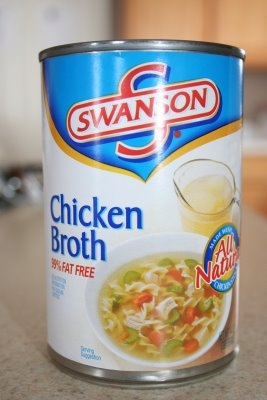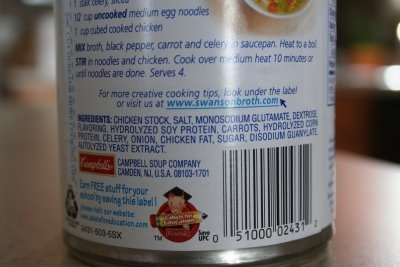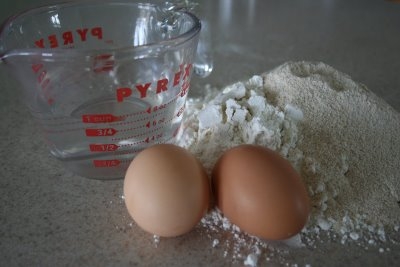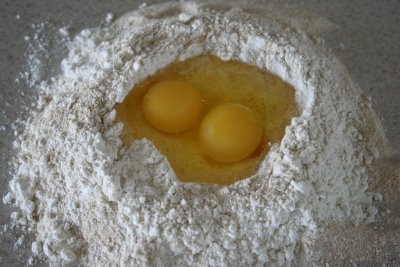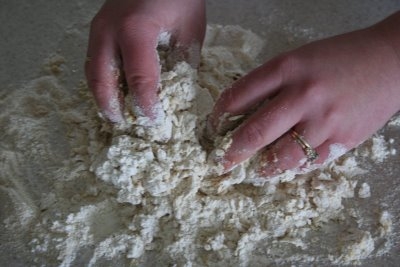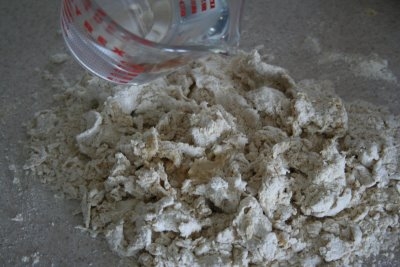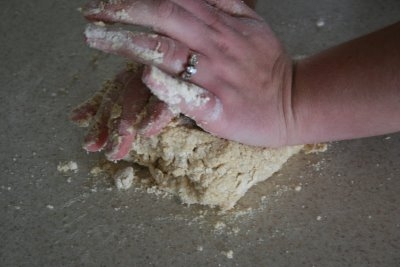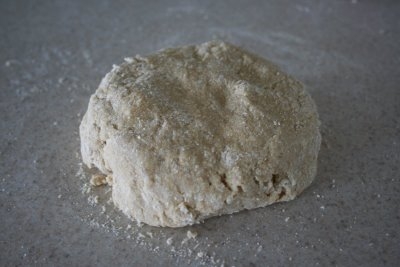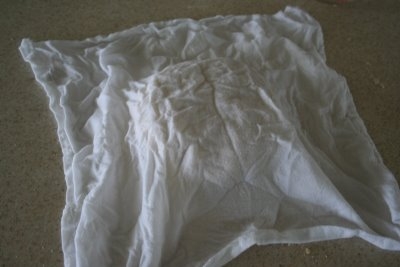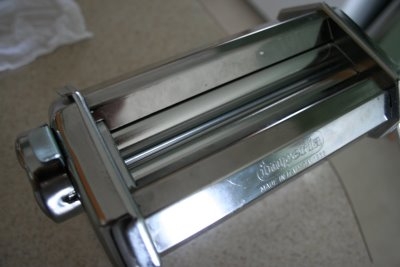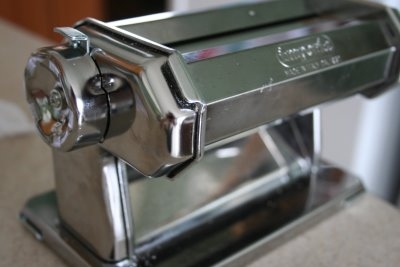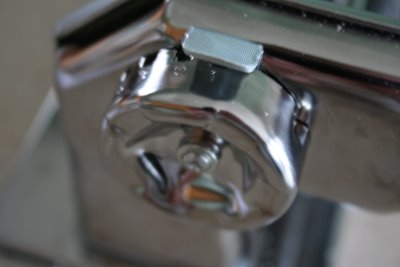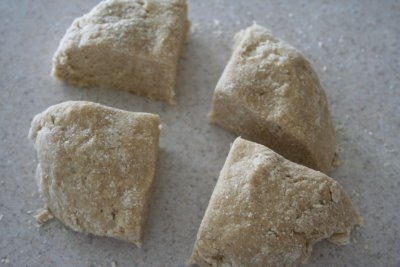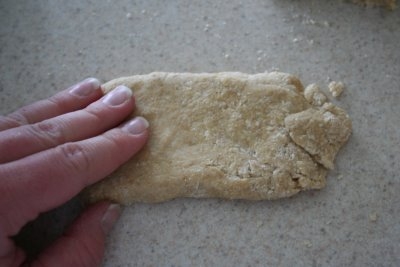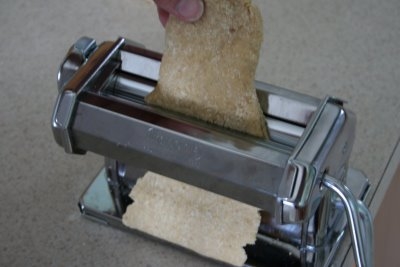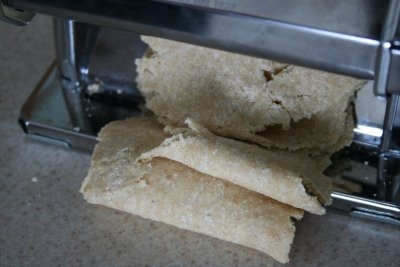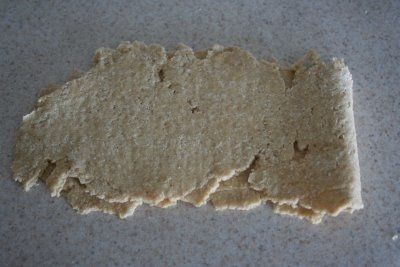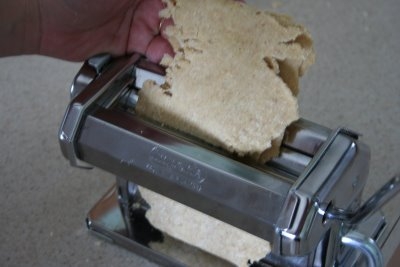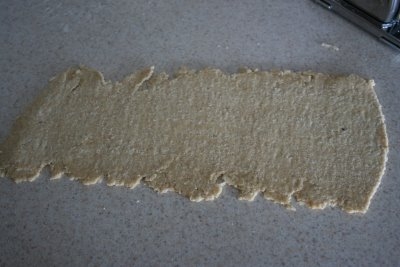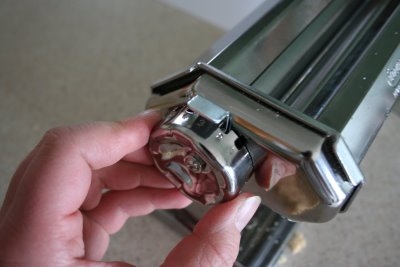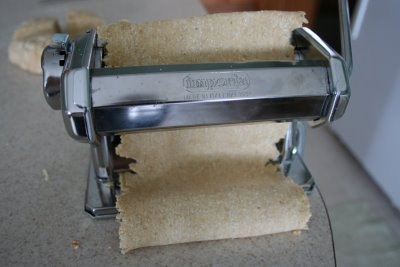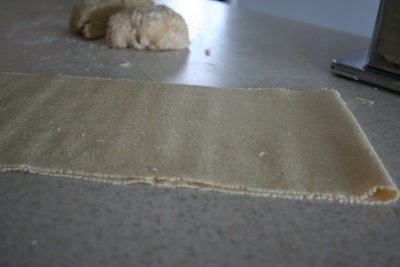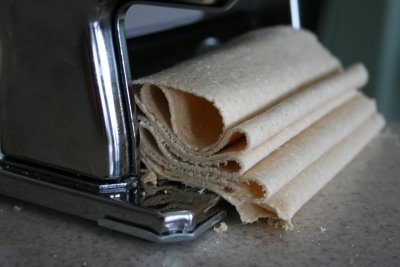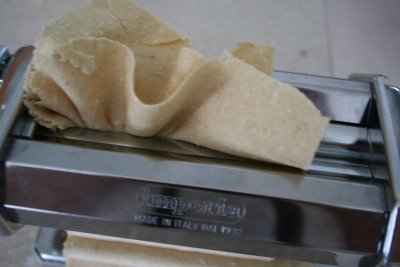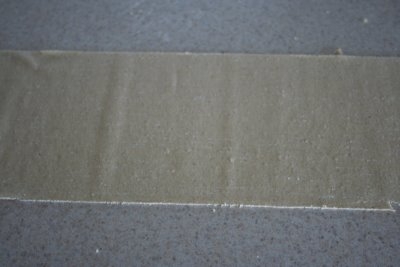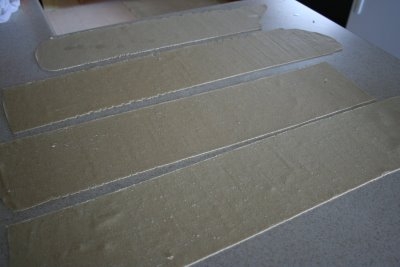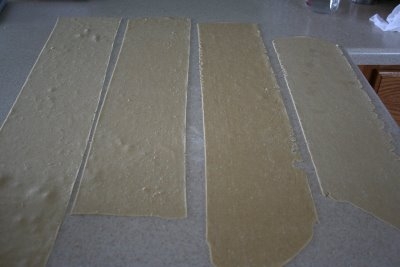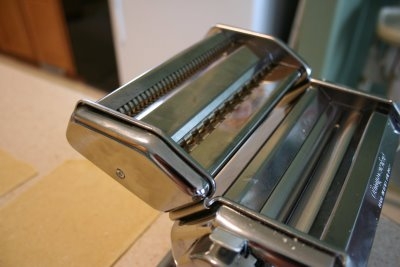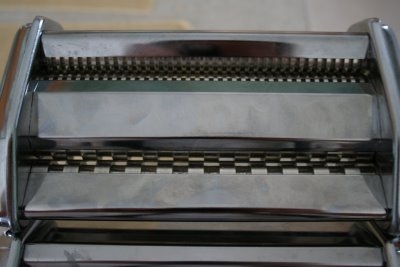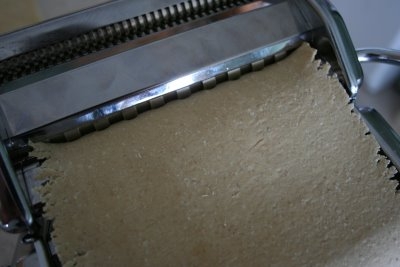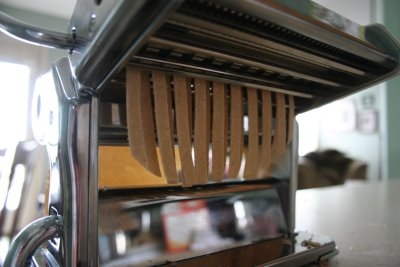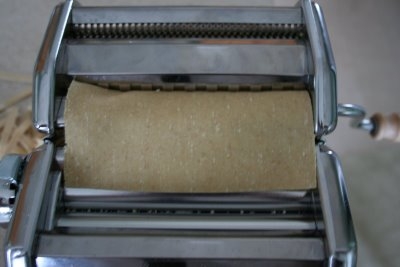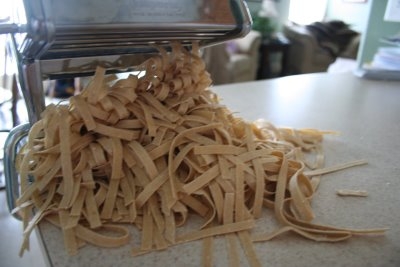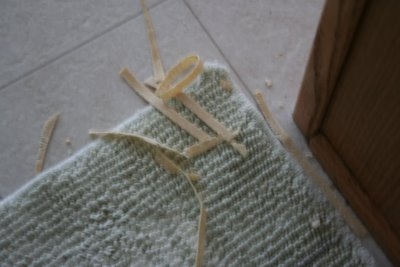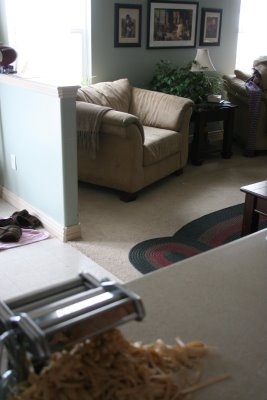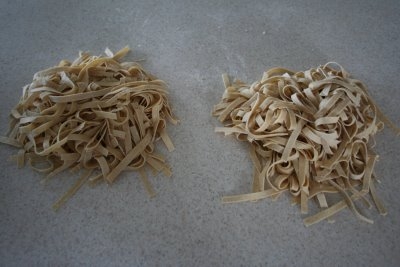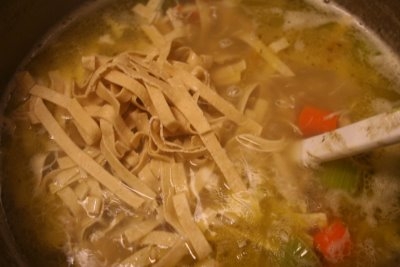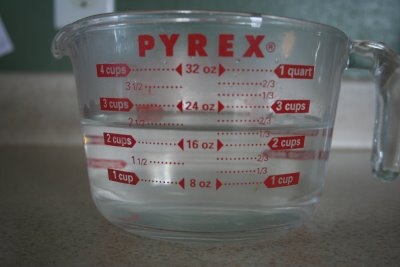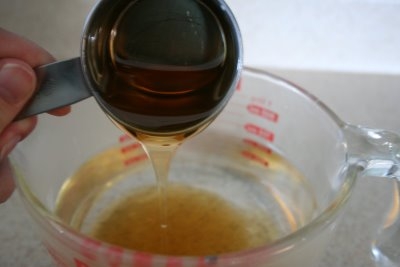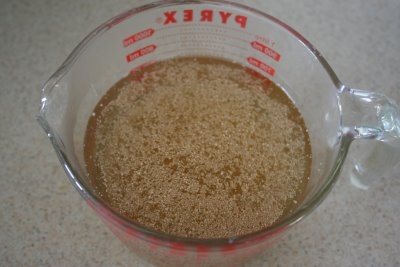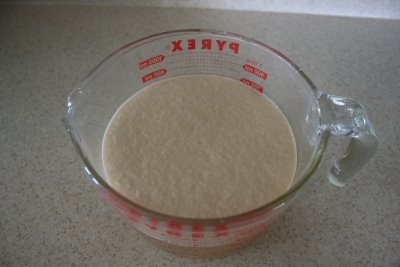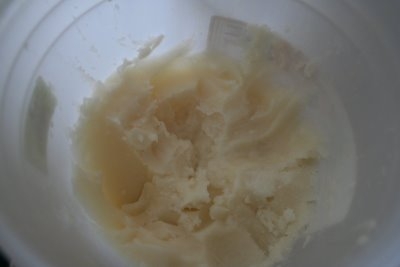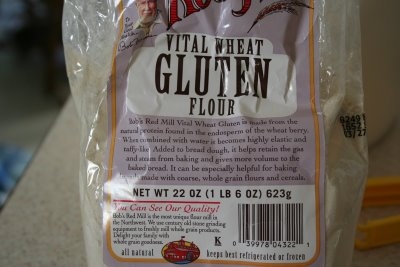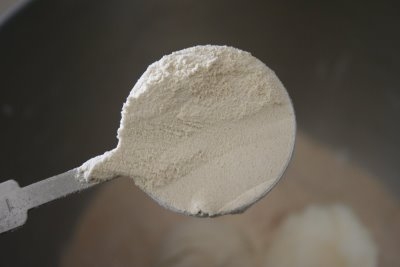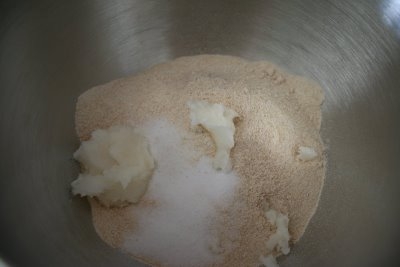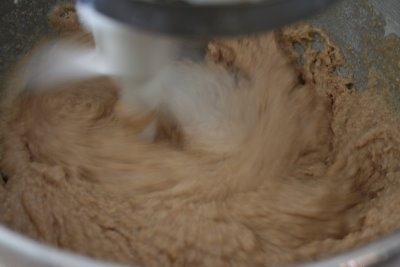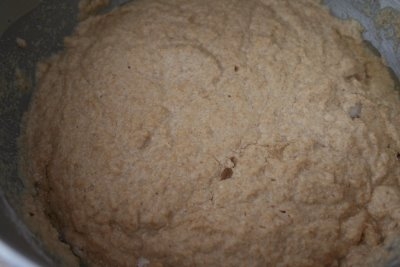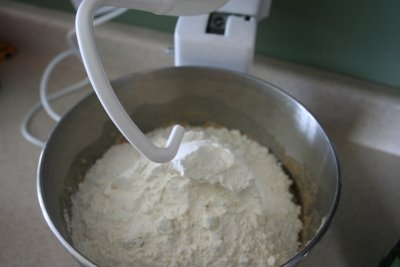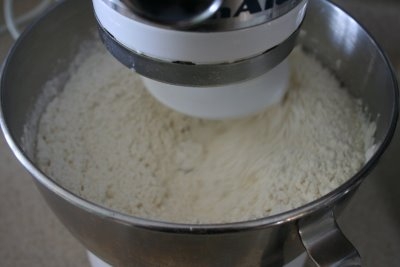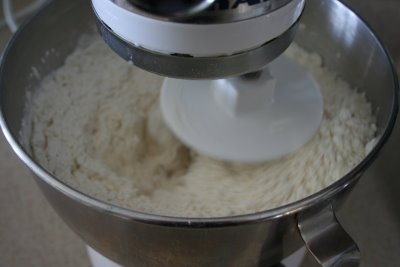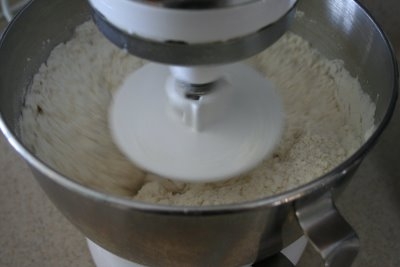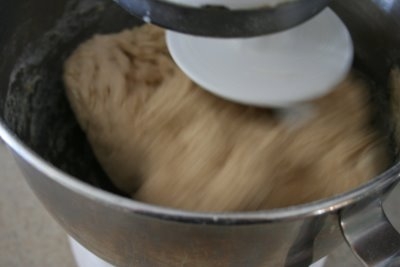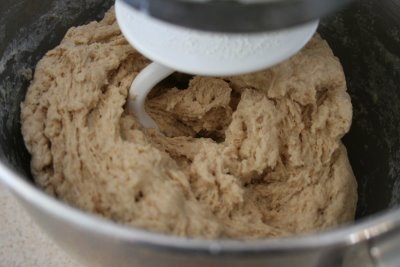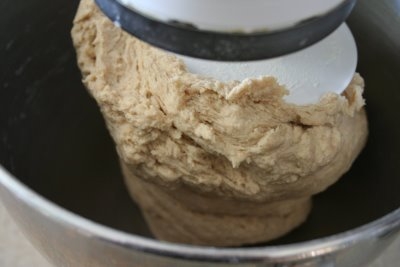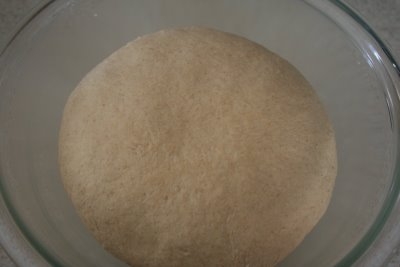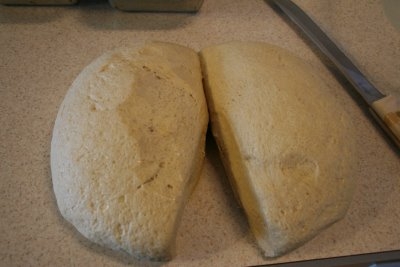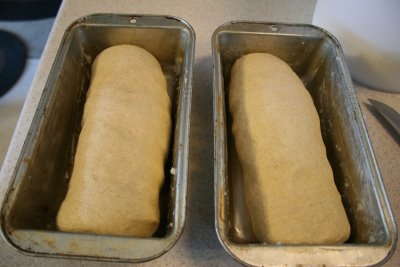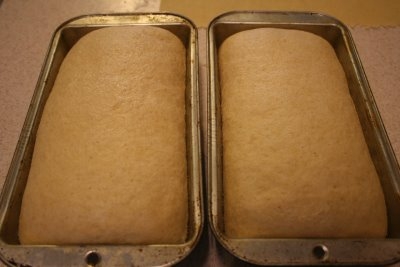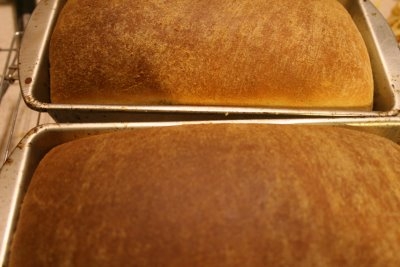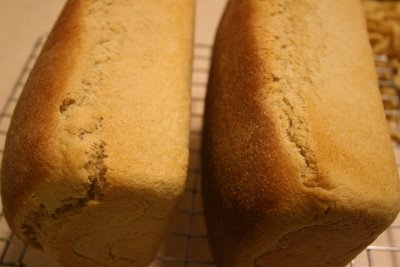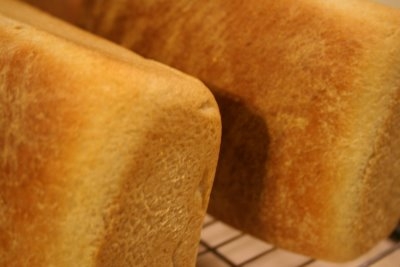
Terri wanted to know the cost different between a can of chicken broth and my homemade jars. Well…..I am so bad at that, I read blogs all the time and their writers can calculate the cost of homemade foods down to the penny. I don’t do that. My brain cells are so not that way!
Anyway, I am a helpful kind of gal so I will try to figure it out a little here. Starting with the first ingredient: turkey carcass….I am going to consider that free, since we had all ready picked it clean and used the meat for several meals.
Onion….I bought a bag of 10 onions for about $1.20 (if I remember correctly, I am so bad at that) and I used two of those….so 24 cents?!
Garlic….two cloves, a neighbor gave a garlic bulb because she was afraid it was going to go bad…so for me that was free, but if I had bought the garlic….I don’t know how much that would be, but I am sure it would only be pennies….sorry!
Salt and Pepper…..pennies too.
Sage, Thyme and Parsley….I grew these in my garden, so I consider them free, I don’t charge for my time! How ever if you had to buy it I am sure it would only be a dollar or two for the whole batch.
Jars…..I have those on hand, the jars I used for this project I have had for many, many years…they have paid for themselves at this point.
Canner….I borrowed my Mom’s canner, so free for me. If you were to buy one you are looking at about 80$ But if you use it a lot it will pay for itself too.
Time….my time? Priceless!
So here is a quick run down:
Total-2.50 for 12 jars. Of coarse if I have to go buy the jars it would be much more, but I consider that an investment, and for me the herbs didn’t cost anything, so that takes it down even more.
I haven’t bought chicken broth for a long time, so I can’t really compare the difference I don’t know what a store bought can even costs. (The can I photographed was even past its expiration date!) For me it is more about the nutrition than the cost.
Hope that helped a little…if there is anyone who would like to be more scientific about it, please let us know what you come up with.
Terri had a second questions, she wanted to know if you could process chicken broth in a water bath canner. The answer to that is a big fat NO! Don’t do it, don’t attempt it. It is dangerous. The temperatures in a water bath canner don’t get hot enough to kill all the yucky bugs can can get in there, it has to be a pressure canner. If you don’t want to mess with a pressure canner I have also made broth and froze it, the cost saving s are the same and you don’t have to take the time to pressure can it, it is a great option if you don’t have a lot of time.
Happy cooking!

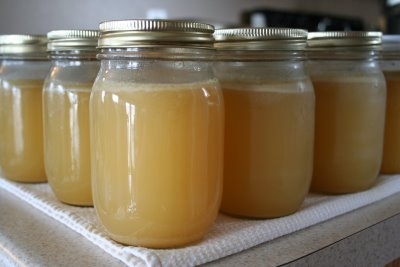
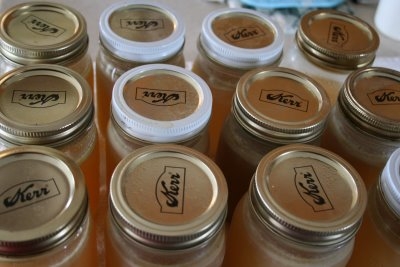 As I mentioned before, I like canning because it give me the ability to control what is in my food without spending a fortune. I wanted to see what is in a store bought can of chicken broth, so I dug one up one lonely can and read the label.
As I mentioned before, I like canning because it give me the ability to control what is in my food without spending a fortune. I wanted to see what is in a store bought can of chicken broth, so I dug one up one lonely can and read the label.